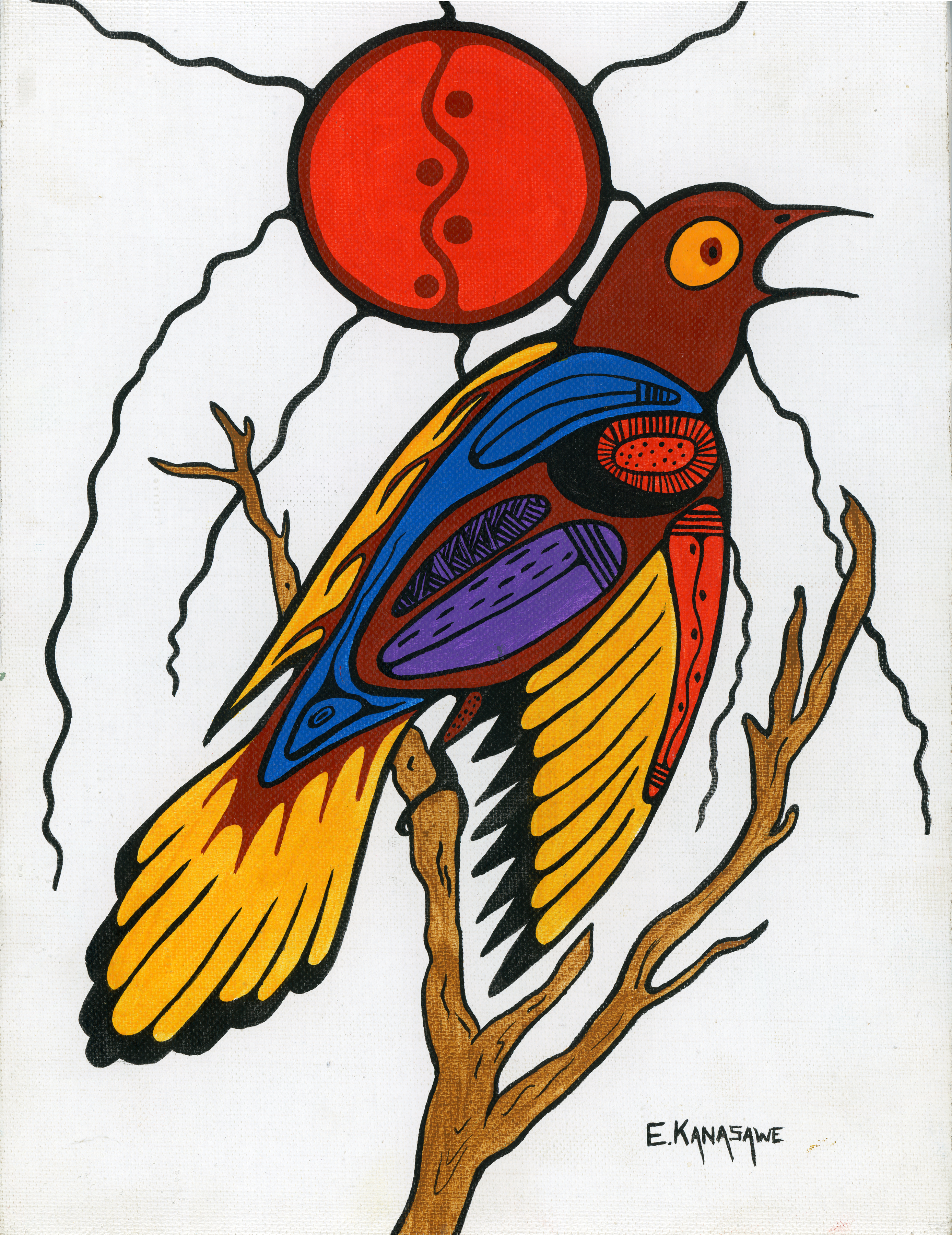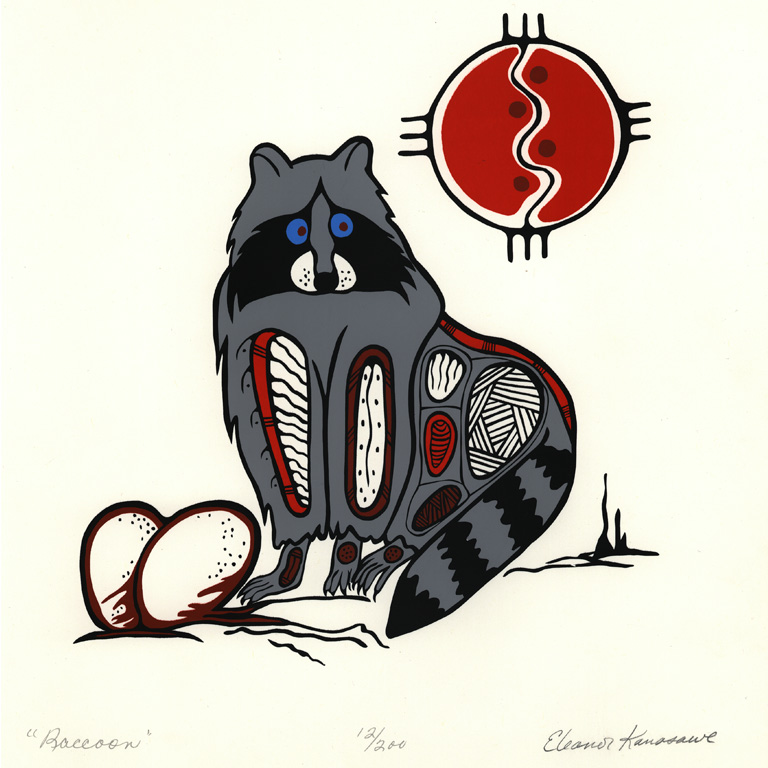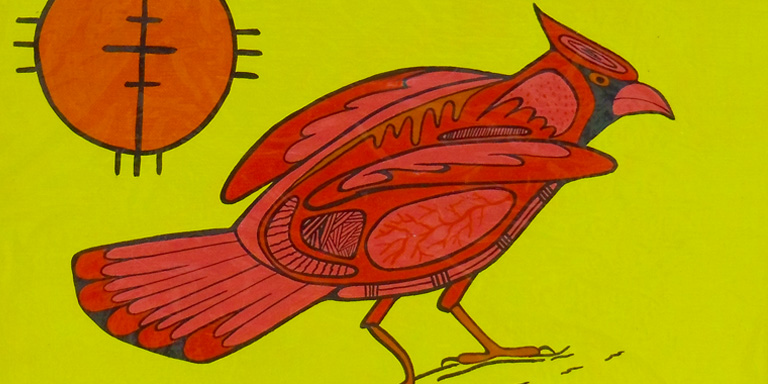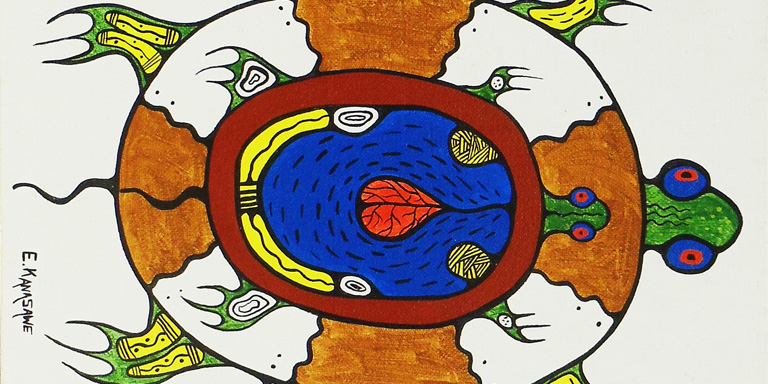The Elinor and Vincent Ostrom Collection is unique in its contents as well as the way it was collected. Having founded the Workshop in Political Theory and Policy Analysis at Indiana University in 1973 (celebrating their 50th anniversary this year!), Elinor and Vincent went on to explore experimental methodologies. In 2009, Elinor Ostrom was the first woman to be awarded the Nobel Prize in Economic Sciences. Spending their summers on Manitoulin Island, Elinor and Vincent gained an appreciation for the local indigenous art and crafts and began to collect some of the more awe-inspiring and remarkable pieces. The Ostroms always held a special interest in both traditional and contemporary work by North American Indians.
The Elinor and Vincent Ostrom Collection

Interested in more?
Learn more about the Ostrom Workshop at their website:
The Ostrom Workshop is where professionals and researchers come together to share solutions to the world’s most pressing problems involving communal and contested resources—from clean water to secure cyberspace.
Collection Highlights

Screenprints
The paintings featured in the collection were all painted by the same artist, Eleanor Kanasawe, and allow for the spread of the Anishinaabeg traditions. These works of art serve as visual representations of legends that are prevalent in the history of the Ojibwe people. It is but one way they preserve and transmit their spiritual heritage beyond oral and written tradition. Kanasawe's painting style can be considered part of the second generation of "Woodland style" of Legend Painting.



"Raccoon" (2015.03.0166); "Cardinal" (2015.03.0160); "Turtles" (2015.03.0155)
Birch Boxes
The Ostrom Collection also has an array of handmade birch bark boxes made by the Ojibwe women. Each box holds a distinctive design, and the intricacies are a combination of hand dyed porcupine quills and intricate weaving patterns. The birch boxes made in both round and rectangular shapes are significantly exceptional as well as the skill and techniques used to create them.
Baskets
The Ostrom Collection has a variety of baskets made by artists from Manitoulin Island, the Pacific Northwest, and Alaska among others.

